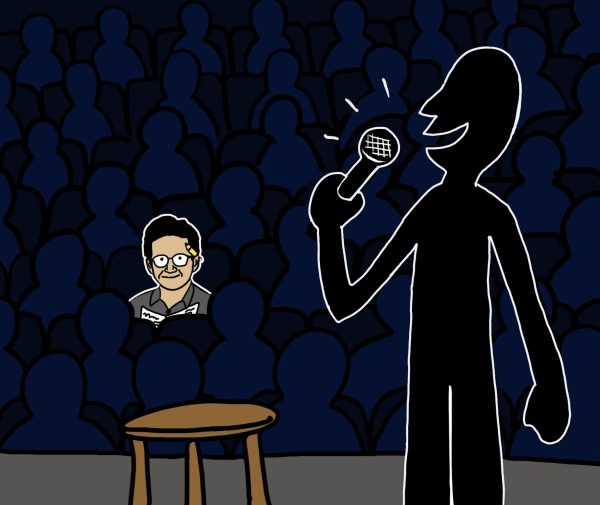‘Sour’ and female representation in music
I walked through the crowded doors of my middle school, headphones blaring, feeling sophisticated. The music playing in my earbuds was classic, the greatest of all time, perfect. In music, these terms often tacitly mean one thing: made by men.
When I was younger, I loved Taylor Swift. I loved her sharp red lips, her heartbreak and the subject of her songs. She is the epitome of the teenage experience. Love, betrayal and most importantly: drama. “New Romantics” makes sense of it all. (“We cry tears of mascara in the bathroom/ Honey life is just a classroom.”) I was a proud Swiftie, but things slowly changed. I read Rolling Stones’ “500 Best Albums of All Time” and scrolled through man after man. I watched girls get ridiculed with the ultimate insult: basic. Basic was Pinterest boards, Pumpkin Spice Lattes and Taylor Swift. Stereotypically male interests were not considered basic. In my haste to run away from the word “basic,” I never stopped to consider why it was so bad to like things that other girls liked. I blindly accepted that the interests of girls were inherently, unequivocally and undoubtedly worthy of scorn.
Soon, I renounced Taylor Swift and wrinkled my nose at her name. I began to listen exclusively to male artists. Specifically, white men. I didn’t recognize my internalized misogyny at the time. Thom Yorke’s existential dread in “OK Computer” became the soundtrack to my walks home. Sufjan Stevens was my thinking music.
Then, something incredible happened. Olivia Rodrigo’s “Sour” dropped, and I loved it. More importantly, I discovered a pain so distinctly feminine in her angry music. In “jealousy, jealousy,” all this young pop star sees are “girls too good to be true/ With paper white teeth and perfect bodies.” These lyrics meant so much to me, because I too experienced these beauty standards. Although beauty standards affect other genders, women often suffer the most intense negative societal messaging. The music that I had listened to before didn’t discuss any of the body issues so prevalent among teen girls. Thom Yorke’s only vaguely body-centric lyrics in “Bodysnatchers” were apparently inspired by Victorian ghost stories, not Instagram photos. Male artists approach questions of body image with a ghost-like distance—or absence.
While Rodrigo may have started my journey, she certainly didn’t finish it. I revisited my old love for Taylor Swift and sang along to “1989” proudly. I listened to “Lover,“ “Folklore,” and “Evermore.” “The Man” explained Swift’s struggles as a woman in the music industry. As she sang, “I’m so sick of running as fast as I can/ Wondering if I’d get there quicker if I was a man,” I realized that I felt the exact same way about exhausting double standards. Moreover, as I emphasized with Swift, I realized that I had been part of the problem. I dismissed her as the musician for young girls who could not be taken seriously.
Representation is so important, and I eventually came to realize how much I needed to see women in music. I needed role models. Taylor Swift gave me somebody to look up to, because she is a strong, empowered and successful woman. It also meant so much to see these beautiful women were experiencing the same insecurities as me. More importantly, I realized how much I had disrespected art made by women and how much good music I missed out on because of it. While I still adore Mac DeMarco, Neutral Milk Hotel, and Elliott Smith, I am now proud to share how much I love Cardi B, Amy Winehouse, Joni Mitchell, Courtney Barnett, Taylor Swift, Haim, and Olivia Rodrigo.
My love letter to music made by women, taken from “Sour”; “I hope you know how proud I am you were created/ With the courage to unlearn all of their hatred.”
Your donation will support the student journalists of the Evanstonian. We are planning a big trip to the Journalism Educators Association conference in Philadelphia in November 2023, and any support will go towards making that trip a reality. Contributions will appear as a charge from SNOSite. Donations are NOT tax-deductible.












